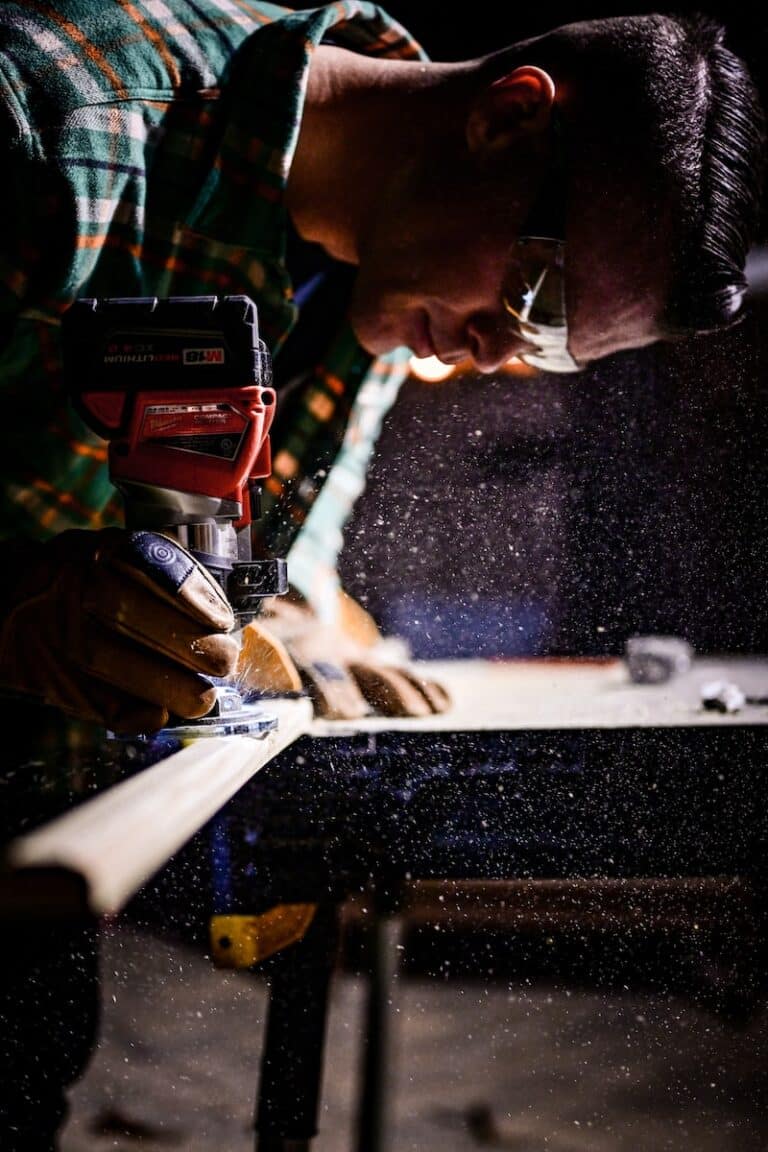Whether you’re a beginner with a dream and a couple of pots or a long-standing home garden enthusiast, it never hurts to step back and plan your summer garden.
Before You Pick the Plants
It is a shame to invest time and energy into a garden only to have it fail because it’s missing the basic necessities. Before you think about plants make sure your garden is:
- In a sunny location. It’s true that different plants need different exposures, but most vegetable plants require at least six hours of direct sunlight a day.
- In good soil. Vegetable plants enjoy rich, loamy soil that’s full of nutrients. If your soil isn’t very rich, to begin with, consider adding some compost. Also, take time to make sure the soil drains well. Good drainage prevents water from collecting on top of the soil (where it doesn’t get to the roots) or draining away too quickly (before roots can absorb it).
- In a stable environment. Plants thrive in a stable, constant environment. Avoid planting in places that are prone to flooding, extremely dry, or open to high winds.
Getting Started
Now that you’ve picked a location, make sure you’re planning the garden itself.
- Space your plants properly. Plants spaced too close together compete for sunlight and other resources, and the plants’ expected size determines how far from others it needs to be. Seed packets and plant tabs will have detailed spacing information.
- Use high-quality seeds. Spending a little extra on quality seeds upfront means you’re less likely to waste your time and money on crops that won’t grow well.
- Water the plants properly. Different kinds of veggies have different watering patterns. Take time to learn about how much water your plants need.
- Plant at the right time. Every veggie takes a different amount of time to grow, meaning you shouldn’t necessarily plant all of them at the same time. If you stagger your plantings correctly, you can get more production out of a smaller plot. Again, seed packets will give you detailed information about planting dates.
Pick the Plants
What kinds of plants do you want to have in your garden? Here are five plants that grow well together and produce delicious results.
- Tomatoes. The backyard garden classic. Cherry tomatoes, in particular, are forgiving, tasty, and bear abundant fruit. Learn more about tomato varieties and care here.
- Bell Peppers. Sweet bell pepper seeds need to be in an environment of at least 70° F to germinate, so this plant is an ideal for late spring and early summer. They’re also resistant to most common garden pests. Hot peppers are also a great choice. Learn more here.
- Bush Beans. Beans are very easy to grow from seed but need soil that’s reached at least 60° F. Bush beans are particularly good for beginner gardeners because they don’t require staking. If you’re willing to stake your beans, learn about other varieties here.
- Summer Squash & Zucchini. These are prolific veggies! The difference between summer and winter squash is the harvest time. Winter squash have a longer growing period and harder, inedible skin. Remember to harvest your summer squash when they are still tender and immature. Learn more here.
- Eggplant. Eggplant thrives on sunshine and warm soil, so wait to plant them until at least 3 weeks after the last spring frost. In spite of their love of heat, though, eggplants need moist, cool roots. Learn more here.
Happy planting!



